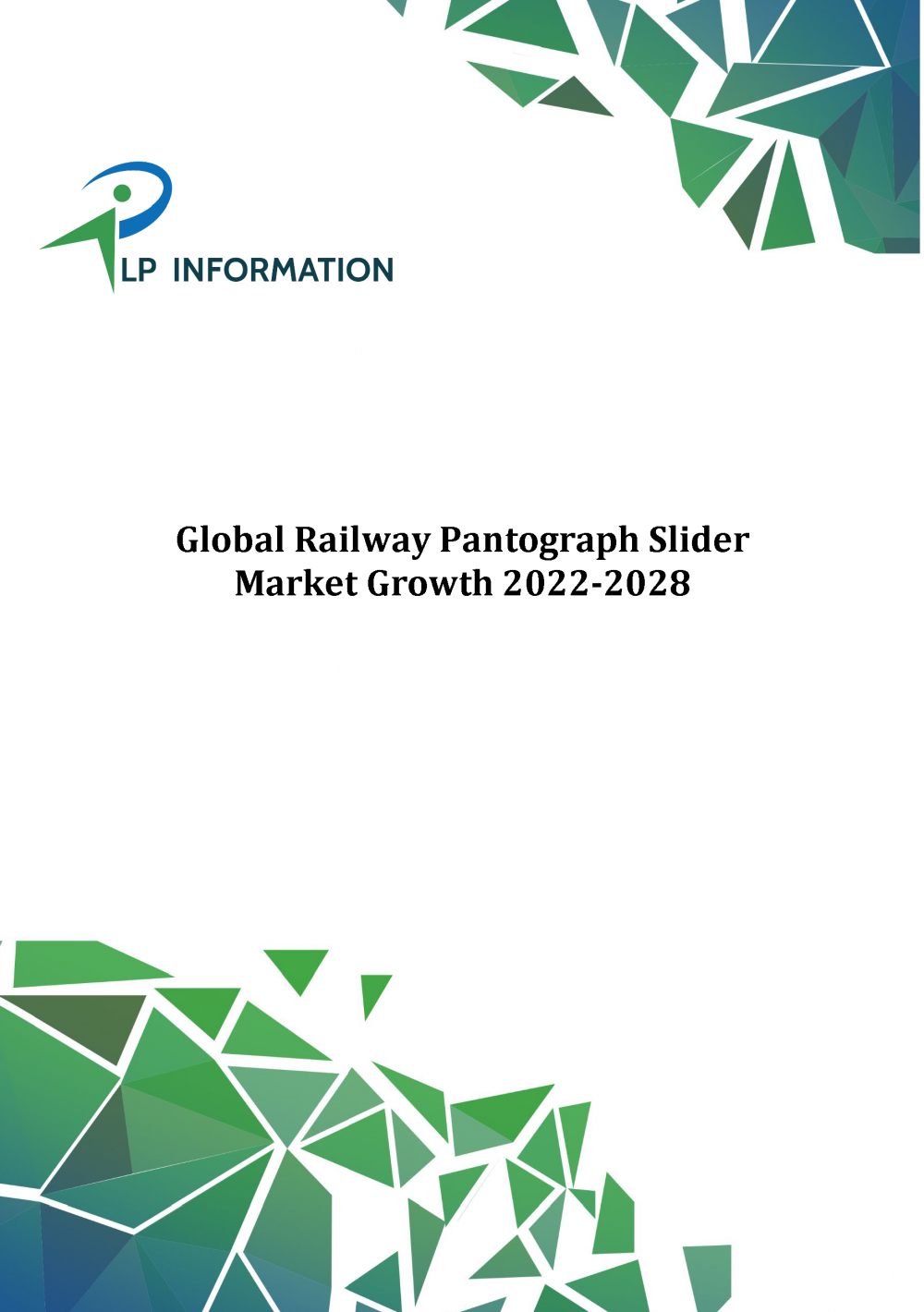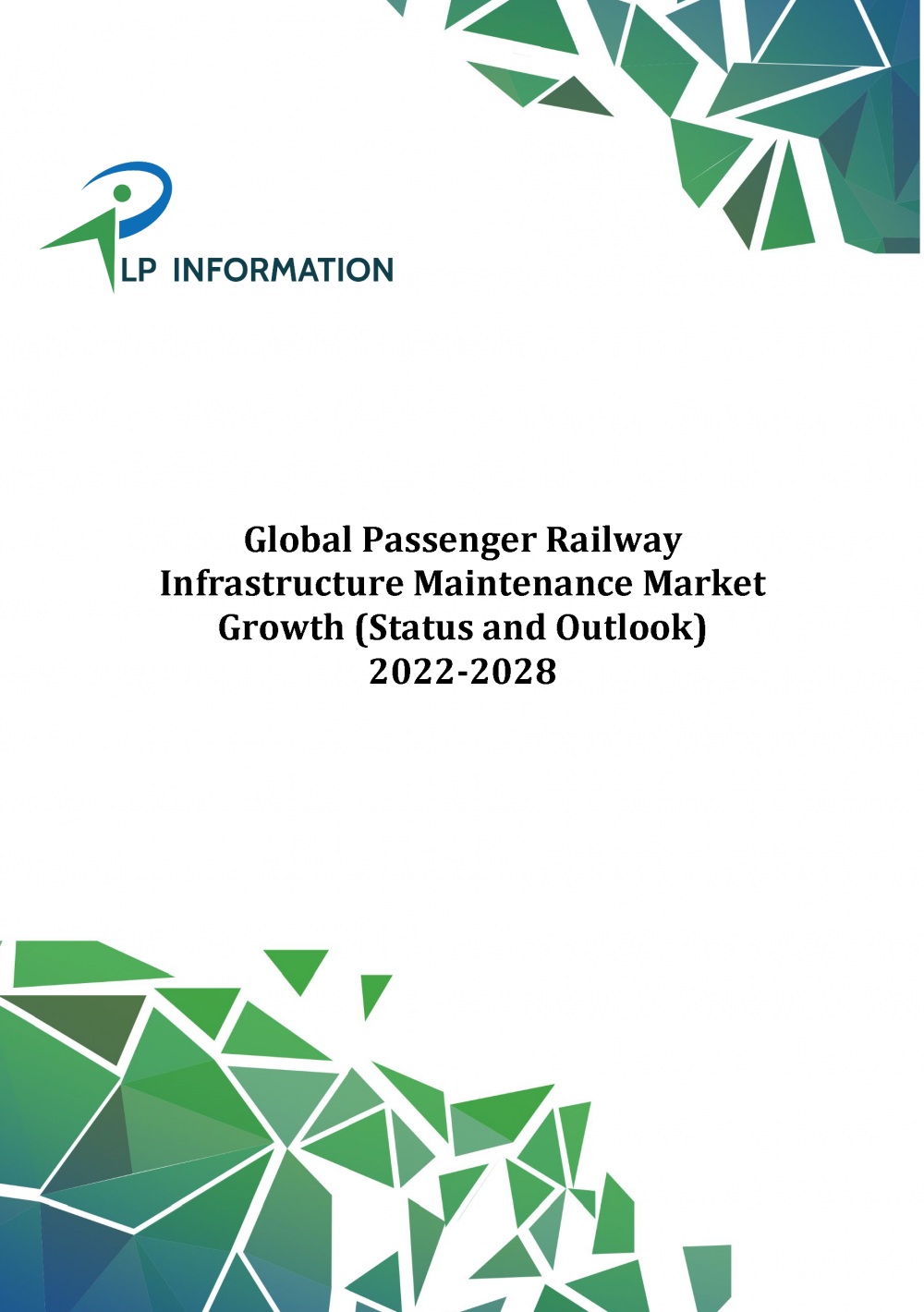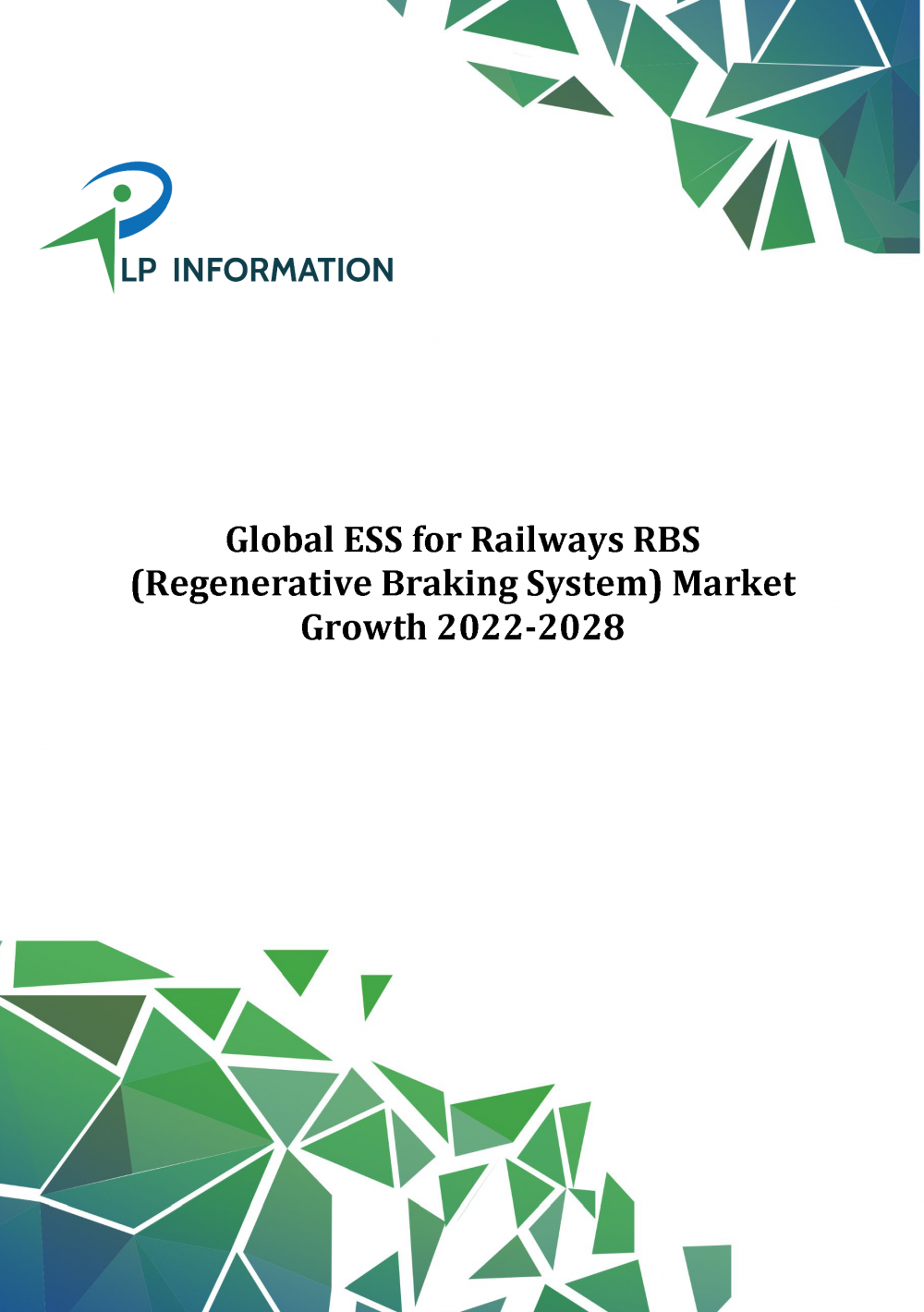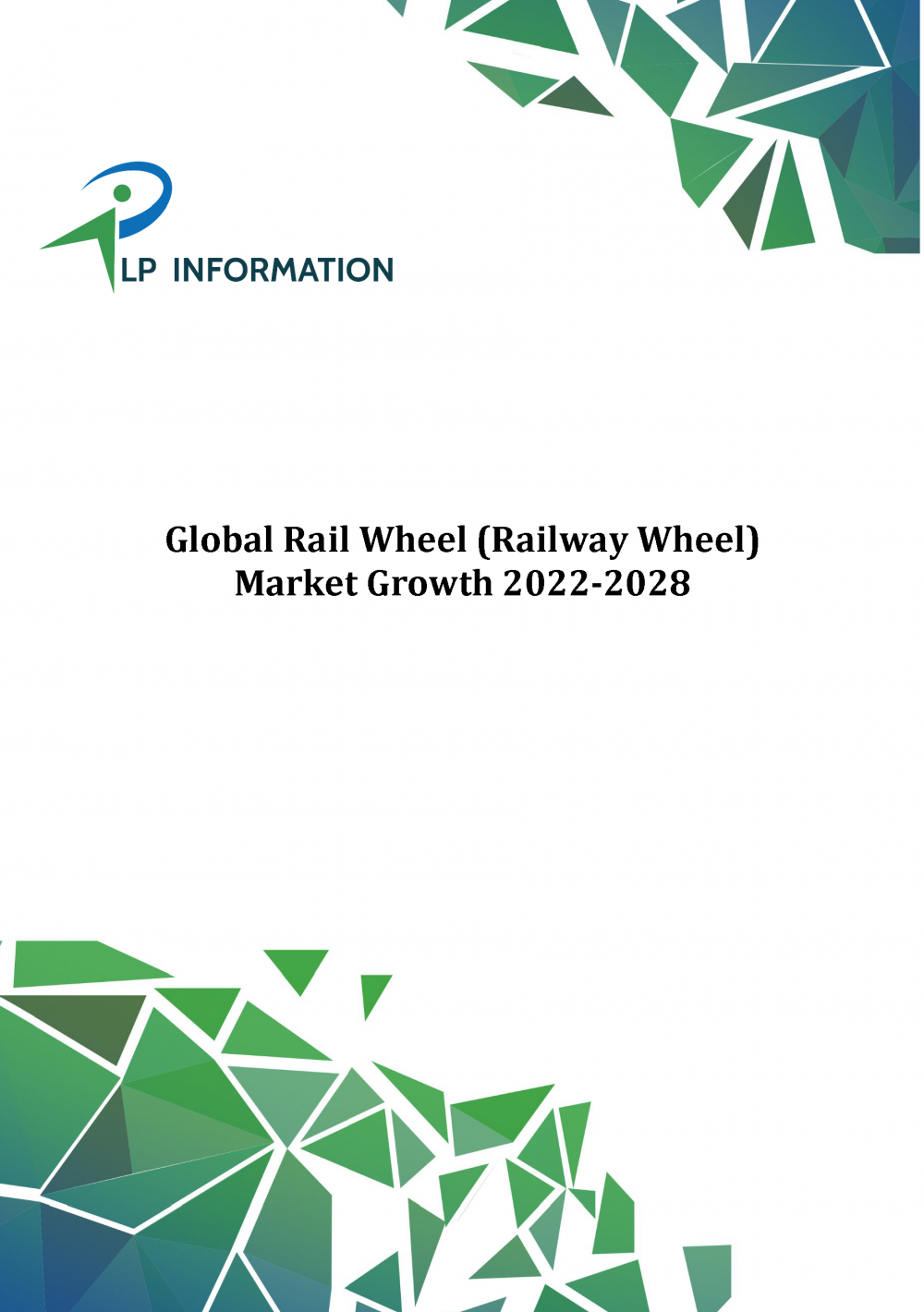Description
Introduction
Communication Based Train Control Market Research Report Information by Train Type (Metro, Monorail, Commuter Rail, and Freight Rail System), by System Type (Basic CBTC and I-CBTC), by Automation Grade (GoA1, GoA2, GoA3, and GoA4), and by Region (North America, Europe, Asia-Pacific, And Rest of The World) Forecast till 2034
Industry Overview
The Communication-Based Train Control (CBTC) market is projected to reach USD 15.14 billion by 2034, growing at a CAGR of 11.50% from 2025 to 2034. Communication-Based Train Control (CBTC) is an advanced railway signaling system that uses continuous, high-capacity communication between trains and track equipment to manage train movements safely and efficiently. Unlike traditional fixed-block systems, CBTC allows for real-time train position monitoring and closer train spacing, increasing line capacity and reducing delays.
One of the key drivers of the Communication-Based Train Control (CBTC) market is its seamless integration with existing infrastructure. Through this function, railway operators can update their networks without interrupting the regular flow of business, thereby saving time and effort. By allowing such upgrades to be made without inconvenience, the CBTC not only makes an efficient use of the resources but also draws in significant dividends that lead to a larger market and more extended success of it.
Key Players
Major players in the global railway communication based train control market include Alstom (France), Thales Group (France), Wabtec Corporation (U.S.), Mitsubishi Electric (Japan), Hitachi (Japan), Siemens Mobility, Inc. (Germany), ABB (Sweden), Argenia Railway Technologies Inc. (Canada), Toshiba (Japan), and WAGO Corporation (U.S.).
Report Attribute Details
• Market Size 2024: USD 5.10 Billion
• Market Size 2034: USD 15.14 Billion
• CAGR (2025-2034): 11.50%
• Base Year: 2024
• Market Forecast Period: 2025-2034
Industry Segmentations
• By Train Type: Metro, Monorail, Commuter Rail, and Freight Rail System.
• By System Type: Basic CBTC and I-CBTC.
• By Automation Grade: GoA1, GoA2, GoA3, and GoA4.
Regional Analysis
Communication-Based Train Control (CBTC) market by region covers North America, Europe, Asia-Pacific, and the Rest of the World, each with its specific drivers of growth. In 2022, North America was the first region that account for almost 46% of the global market. The main reason for this supremacy is the area’s strong focus on the need for transport infrastructure as a result of accelerating urban populations and the necessity of easy transit solutions. Almost every metro city in the United States and Canada is currently putting money into the extension and revival of the already existing rail networks.
Since CBTC technology has the power to make train services more efficient, this is the reason why it is always the first choice even for such large-scale upgrades. Within the region, the United States has the highest share. It is mainly due to considerable investments in modern signaling systems and digital rail initiatives. At the same time, the Canadian market was the most rapidly growing one, and this growth was supported by numerous urban mobility projects and government-backed infrastructure programs.
Beyond North America, the study also examines key markets across Europe, including Germany, France, the UK, Italy, and Spain, as well as Asia-Pacific countries such as China, Japan, India, Australia, and South Korea, along with Brazil in the Rest of the World.
Companies Mentioned
Alstom (France), Thales Group (France), Wabtec Corporation (U.S.), Mitsubishi Electric (Japan), Hitachi (Japan), Siemens Mobility, Inc. (Germany), ABB (Sweden), Argenia Railway Technologies Inc. (Canada), Toshiba (Japan), and WAGO Corporation (U.S.).

















